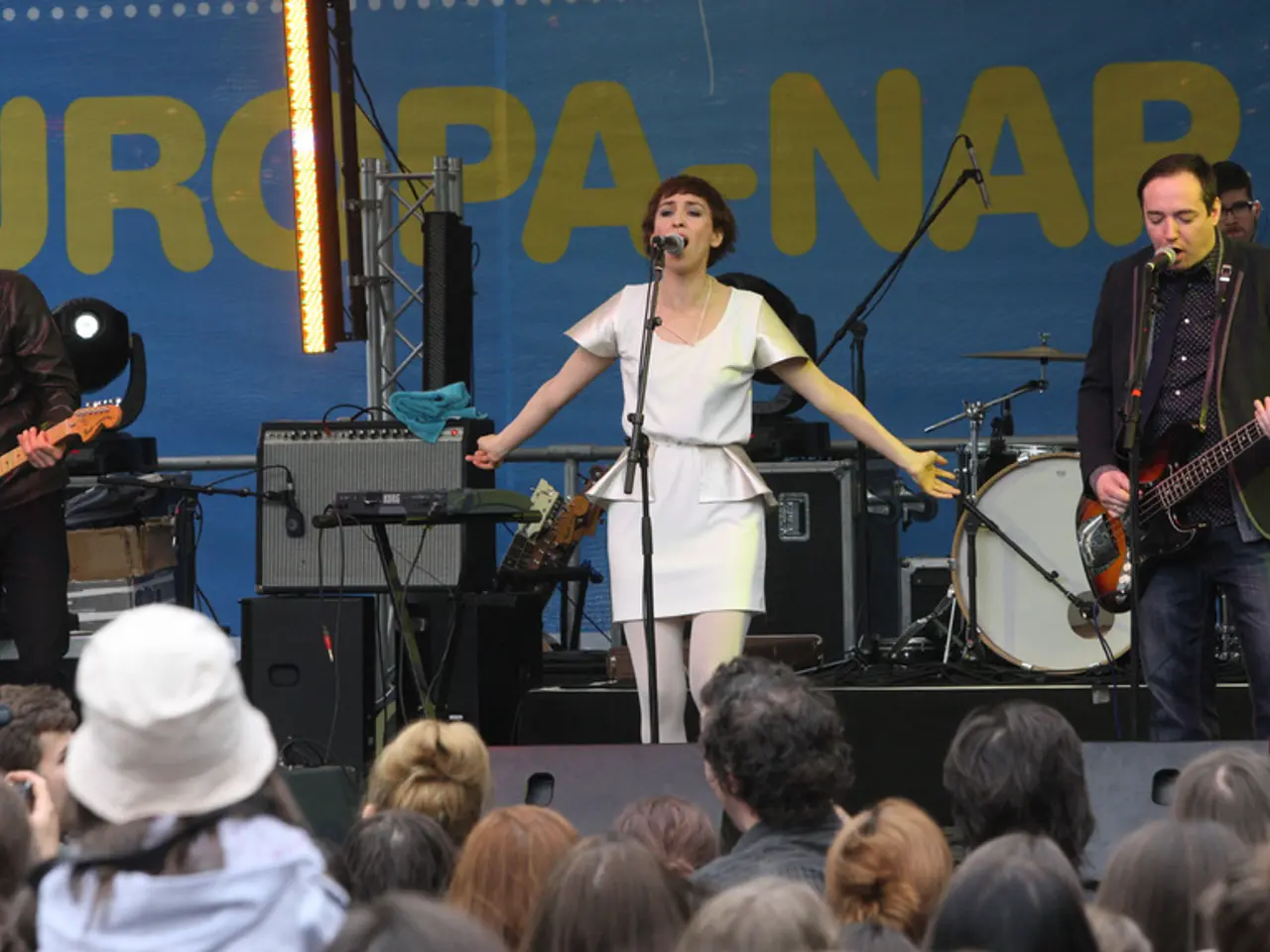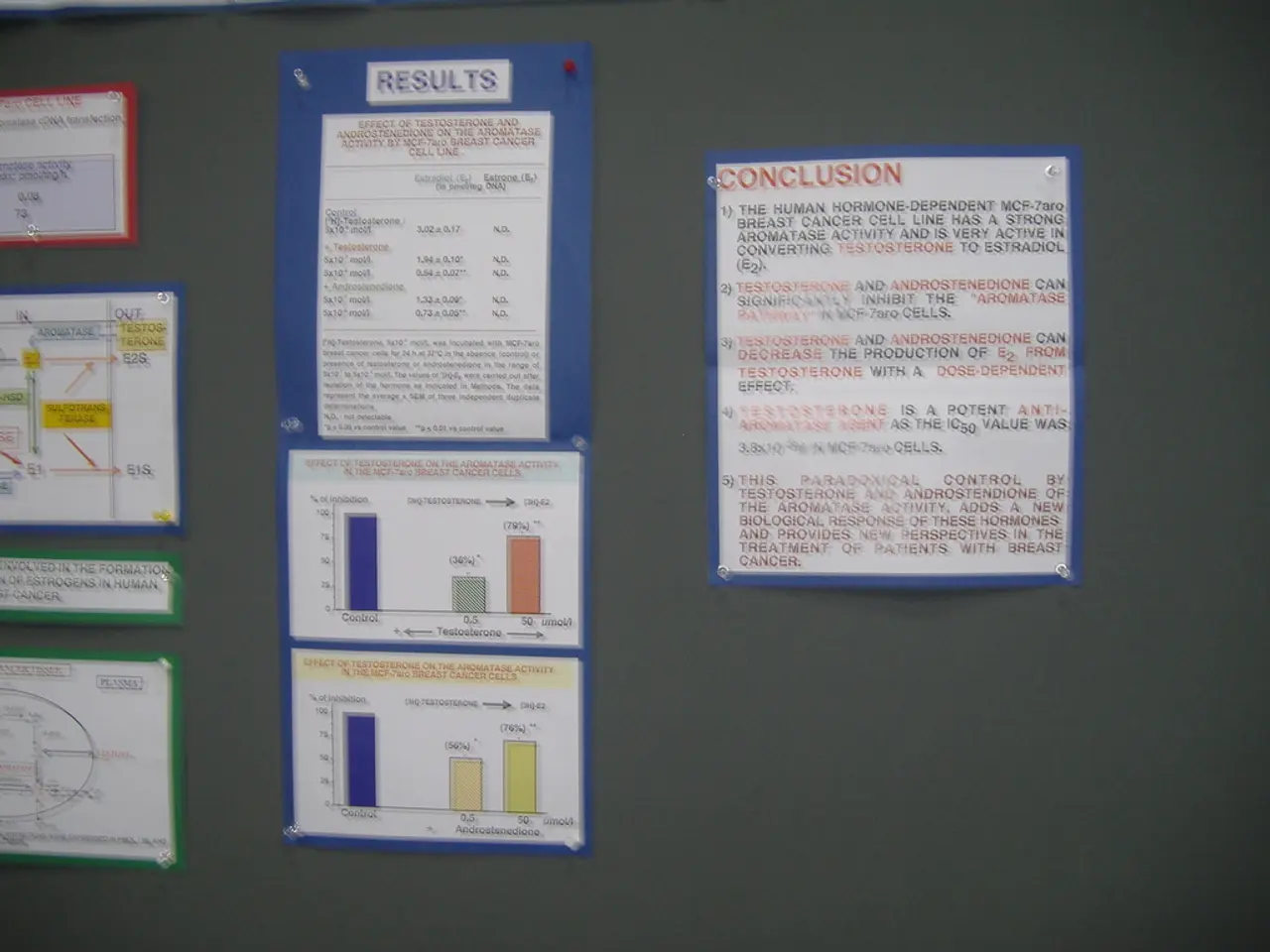Exploring Berlin's Future Heating Solutions
Berlin is embarking on an ambitious journey to harness geothermal energy in the districts of Lichtenberg and Marzahn-Hellersdorf as part of its broader strategy to transition to renewable and sustainable energy sources. The primary focus is on district heating, aiming to reduce reliance on fossil fuels.
The geothermal reservoirs in these areas, with temperatures around 50–70°C, are suitable for direct heating applications rather than electricity generation. Pilot and operational plants have demonstrated their ability to provide steady and reliable heat supply, though the thermal energy output is modest compared to high-temperature geothermal sites.
Initial drilling and infrastructure installation costs are relatively high, due to Berlin’s urban geology and deep borehole requirements. However, once operational, the geothermal plants have low operating costs due to the minimal need for fuel input and maintenance compared to fossil fuel-based systems. The projects have benefitted from government subsidies, environmental incentives, and EU funding, which have helped to make them economically viable.
Some geothermal wells have experienced lower-than-expected temperatures or flow rates, affecting overall productivity. Berlin is carefully monitoring subsidence, induced seismicity, and water quality, and so far, no major environmental problems have emerged. Integrating geothermal heat into the existing district heating networks requires careful management and sometimes supplementary heat sources to ensure reliability during peak demand.
Plans to expand geothermal utilization continue, with ongoing improvements and increasing heat recovery efficiencies essential to maximize their potential and economic viability. The Senate is initiating a pilot study using five vibroseis trucks in Lichtenberg and Marzahn-Hellersdorf, and experts expect abundant reserves with at least 55 degrees Celsius within 1.5 to 2 kilometers.
BEW (Vattenfall's successor) aims to heat at least 7% of its district heating with geothermal energy by 2045. Gasag Solution has chosen the Tierpark in Karlshorst as its first geothermal project, with the heating network at the Tierpark potentially being converted to geothermal in five years. Munich is currently building the largest geothermal plant in Europe.
In conclusion, Berlin’s geothermal energy projects are productive enough to contribute meaningfully to district heating, offering a stable and environmentally friendly heat source. While not the cheapest option upfront, they prove cost-effective over the long term when considering fuel savings and carbon reduction benefits. The projects are a valuable part of Berlin’s renewable energy mix, though ongoing improvements and expansions are essential to maximize their potential and economic viability.
- The ongoing geothermal energy projects in Lichtenberg and Marzahn-Hellersdorf, aligned with Berlin's broader strategy, involve the utilization of environmental-science findings to harness heat from geothermal reservoirs, aiding in the transition towards sustainable and renewable energy sources.
- In the realm of finance and energy, these geothermal projects have benefited from government subsidies, environmental incentives, and EU funding, which have contributed to their economic viability, offsetting the high initial costs associated with drilling and infrastructure installation.
- As Berlin continues to expand its geothermal utilization, with efforts like the pilot study using vibroseis trucks in Lichtenberg and Marzahn-Hellersdorf, the city's industry sector, notably Berliner Wasserbetriebe (BEW) and Gasag Solution, are aiming to increase geothermal energy's share in district heating, ultimately aligning with Munich's ongoing ambition to build the largest geothermal plant in Europe.




